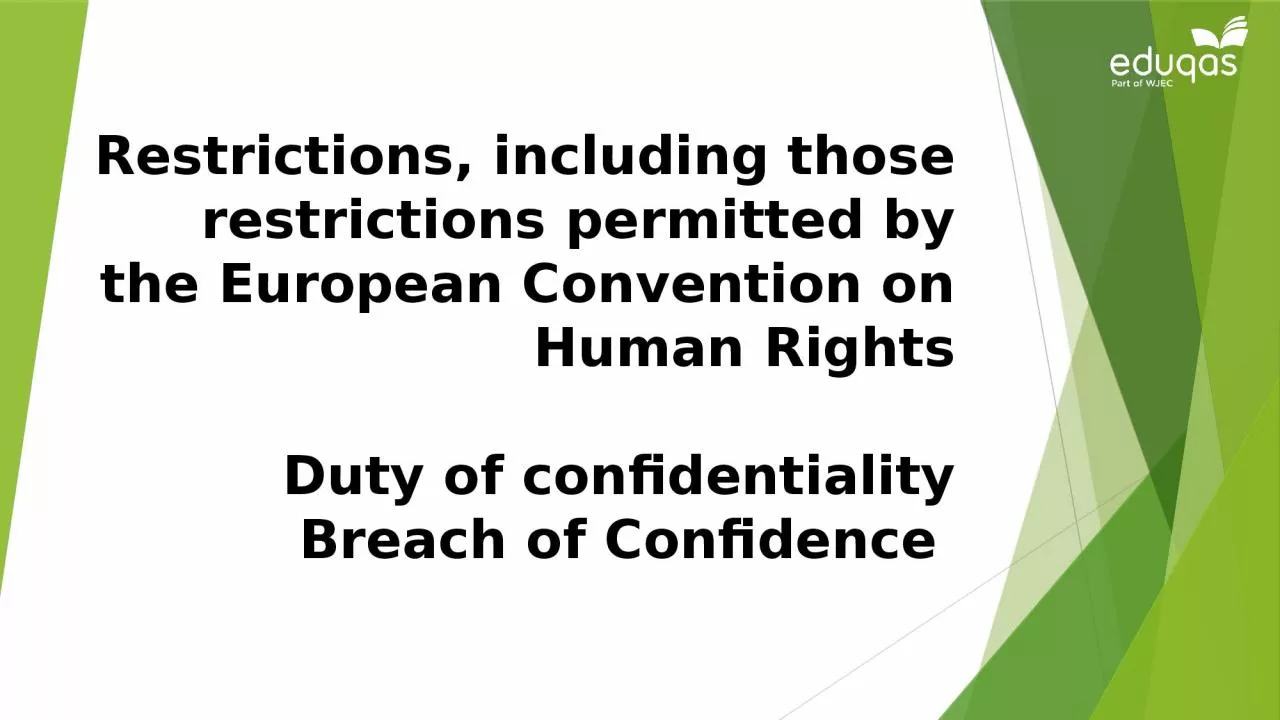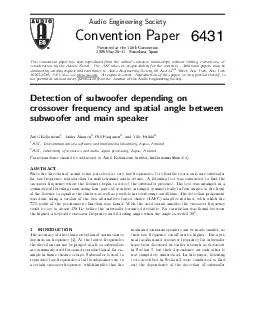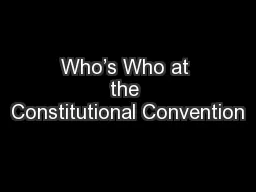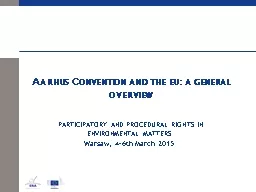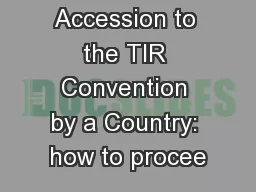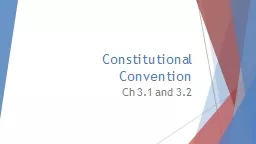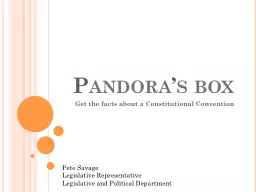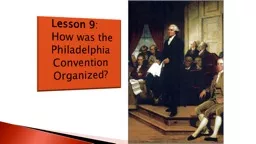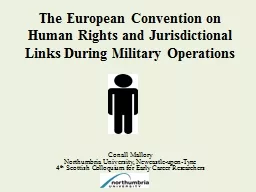PPT-Restrictions, including those restrictions permitted by the European Convention on Human
Author : elina | Published Date : 2024-01-03
Rights Duty of confidentiality Breach of Confidence Breach of Confidence Do we in English Law have a right to privacy Lord Justice Glidewell in Kaye v Robertson
Presentation Embed Code
Download Presentation
Download Presentation The PPT/PDF document "Restrictions, including those restrictio..." is the property of its rightful owner. Permission is granted to download and print the materials on this website for personal, non-commercial use only, and to display it on your personal computer provided you do not modify the materials and that you retain all copyright notices contained in the materials. By downloading content from our website, you accept the terms of this agreement.
Restrictions, including those restrictions permitted by the European Convention on Human: Transcript
Download Rules Of Document
"Restrictions, including those restrictions permitted by the European Convention on Human"The content belongs to its owner. You may download and print it for personal use, without modification, and keep all copyright notices. By downloading, you agree to these terms.
Related Documents

